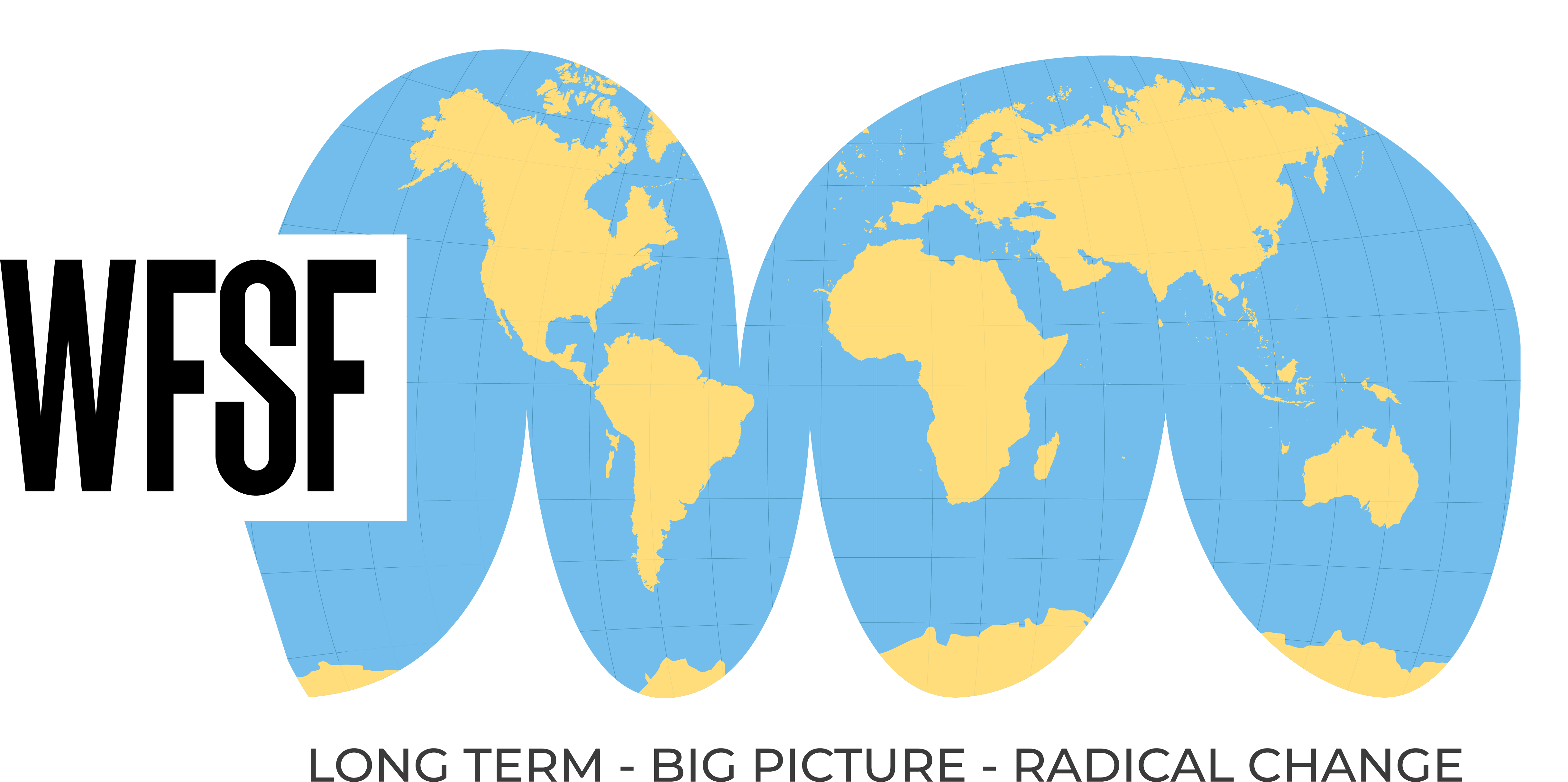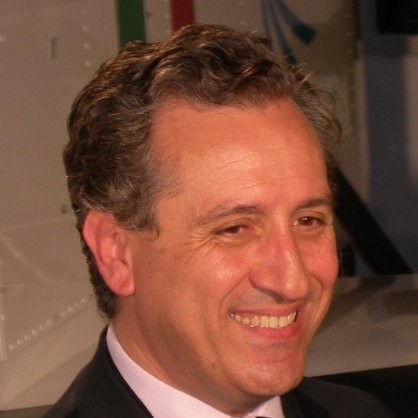24th World Conference

Cislunar City: the First City out of our Mother Earth
Since its inception, the Center for Near Space of the Italian Institute for the Future focused its activity on the conviction that the era of the Expansion of Humanity in Space has actually begun and that its evolution requires the development of adequate private / commercial component. As a non-profit think-tank, we are involved in anticipation studies.
All the signals of today talk about a future made of modular space systems still strongly based on research activities and as such strongly linked, directly or indirectly, to governmental investment. On the other hand, on the basis of these bottom-up processes, our interdisciplinary and intergeneration working groups try to understand which could be specific “new” requirements potentially coming from a more daily-life-philosophy future design of space system, made possible by expectable long-term evolution of technology. Thus, we believe that the necessary conditions already exist to foresee the realization of a Cislunar City with a permanent thousand population distributed over 10-12 districts, located in LEO, LMO, Earth-Moon Lagrangian point/s and Moon surface, by the centenary of the first step of man out of the Earth. Different types of transport will guarantee mobility inside the City and connections with the Earth.
Playing around design exercises along with this philosophy, our working group named OrbiTecture (a neologism we coined from the contraction of Orbital Architecture) involves scientists, technologists, architects, botanists, artists, sociologists, psychologists and so on, but also university students and high school students. It works on stories and reasoning about building outside our planet, making extended use of innovative robotic additive manufacturing for both the main structure and the internal secondary structures of the space infrastructure. It identifies and develops advanced requirements to be offered to space agencies and space industries for their consideration.

